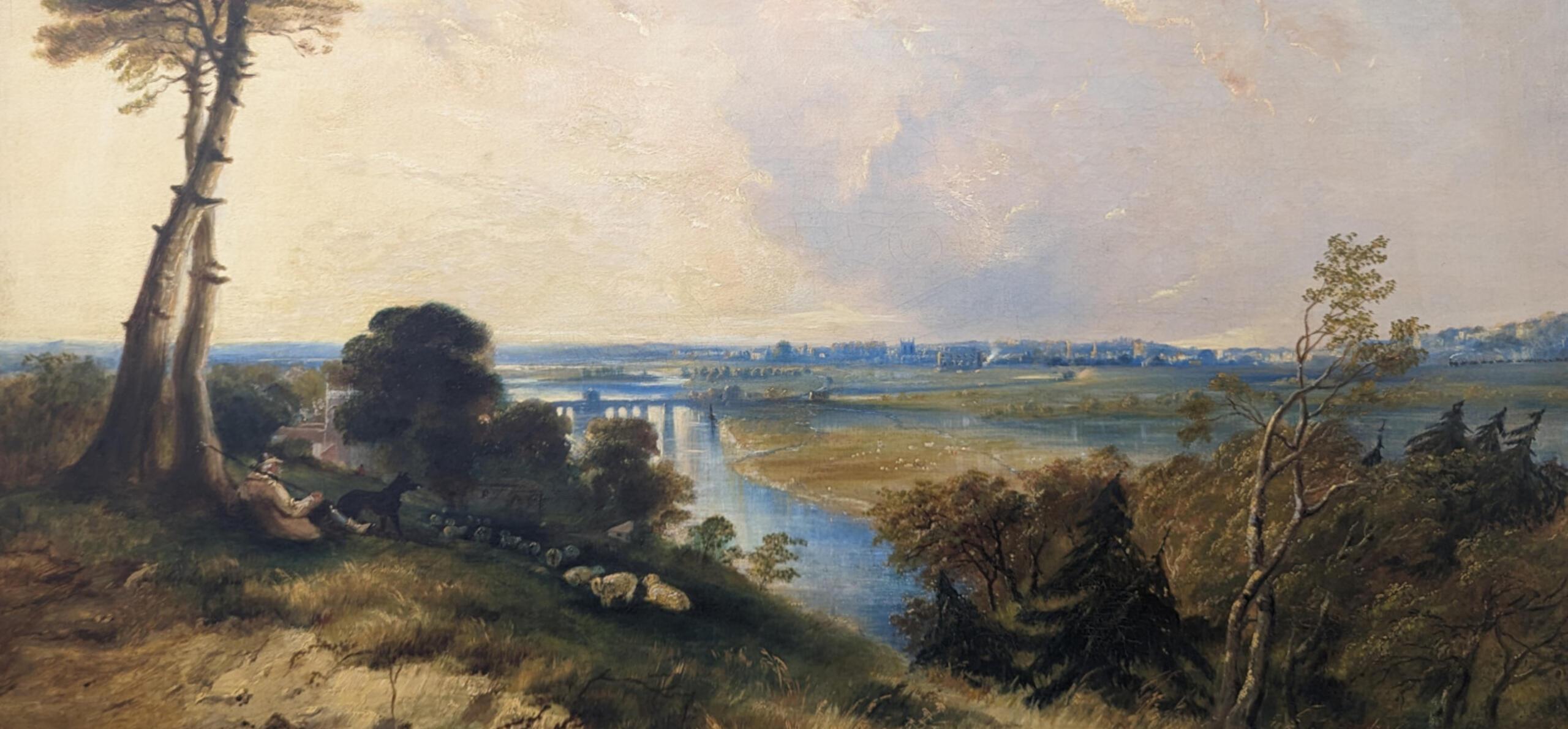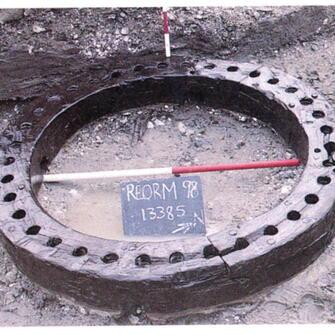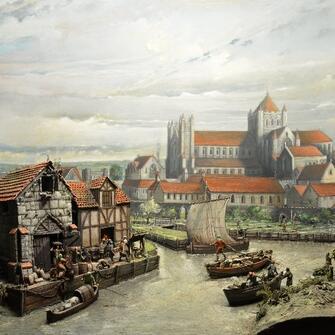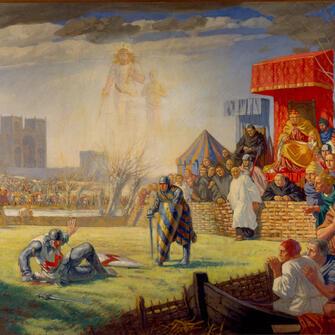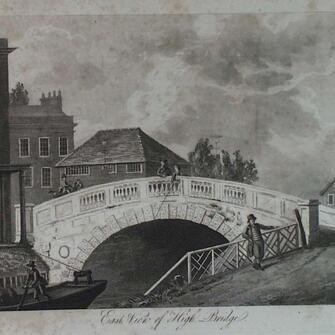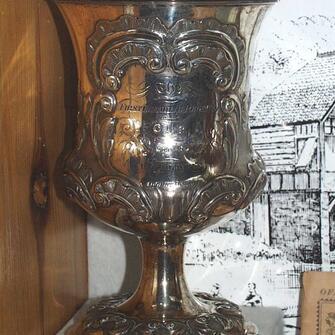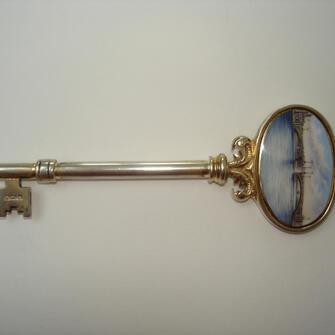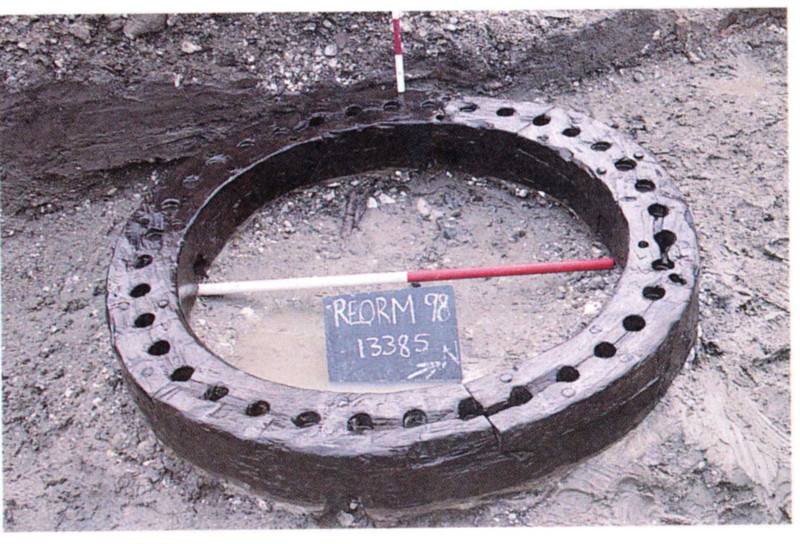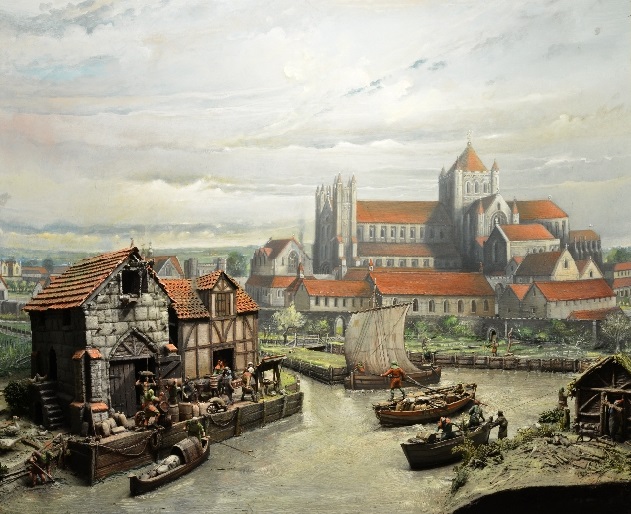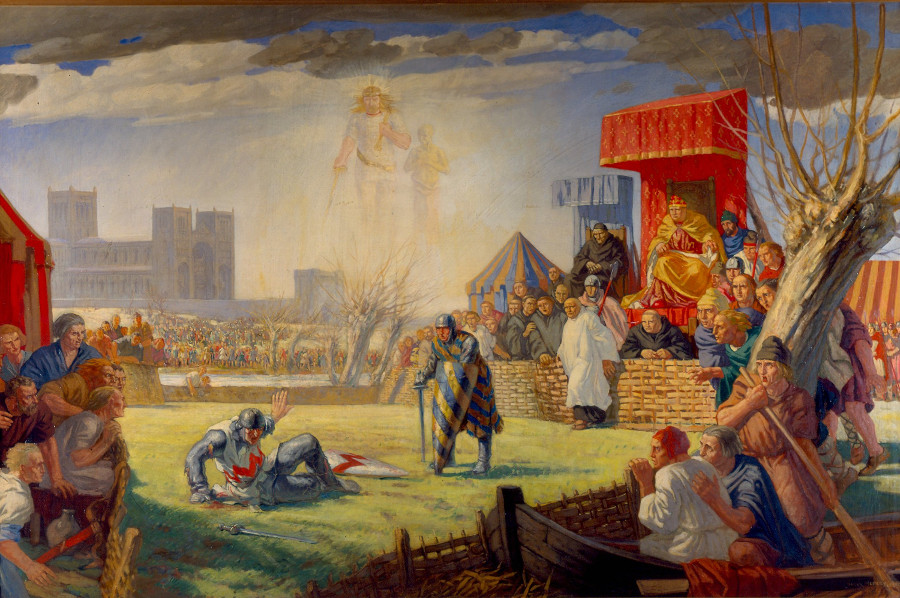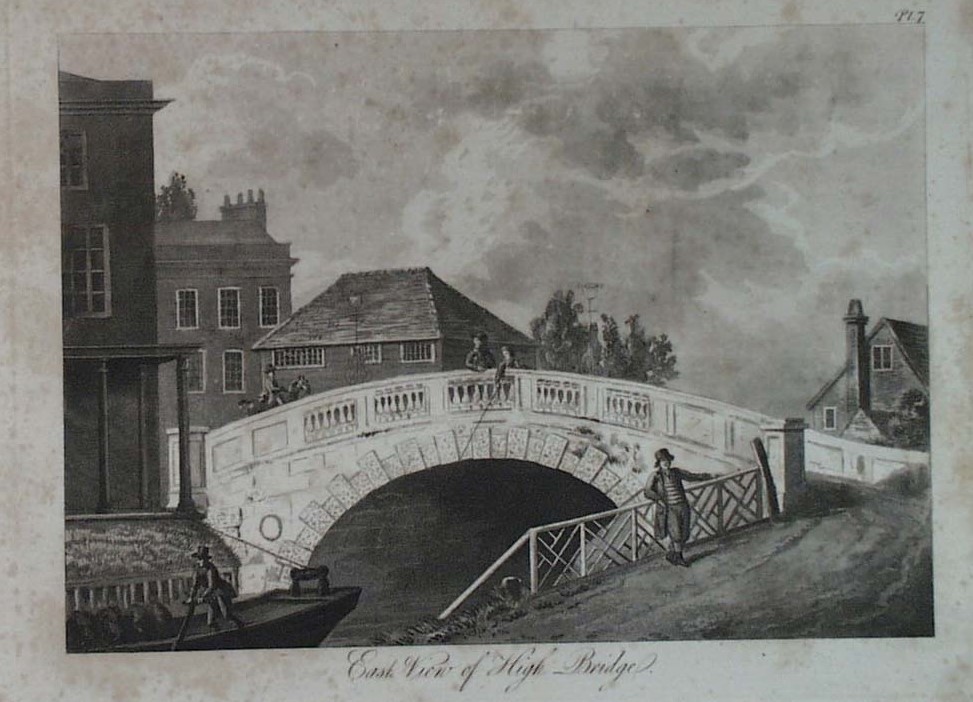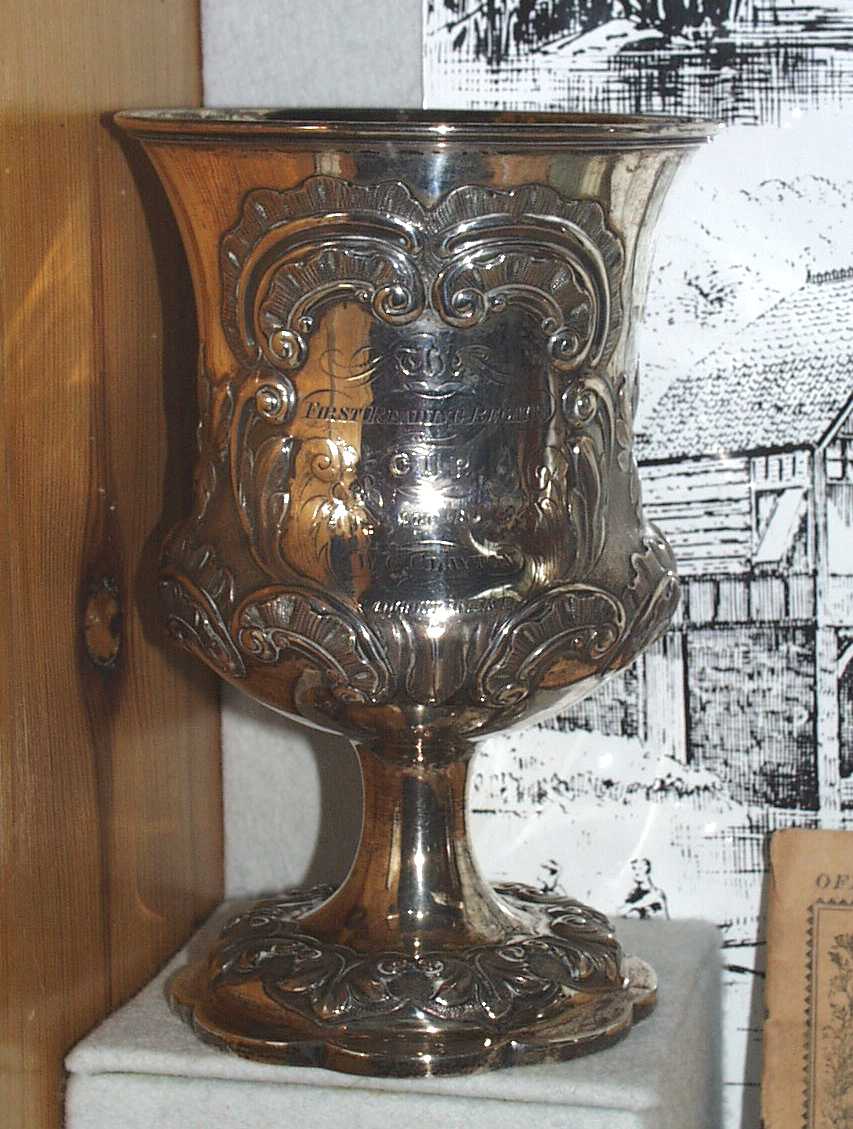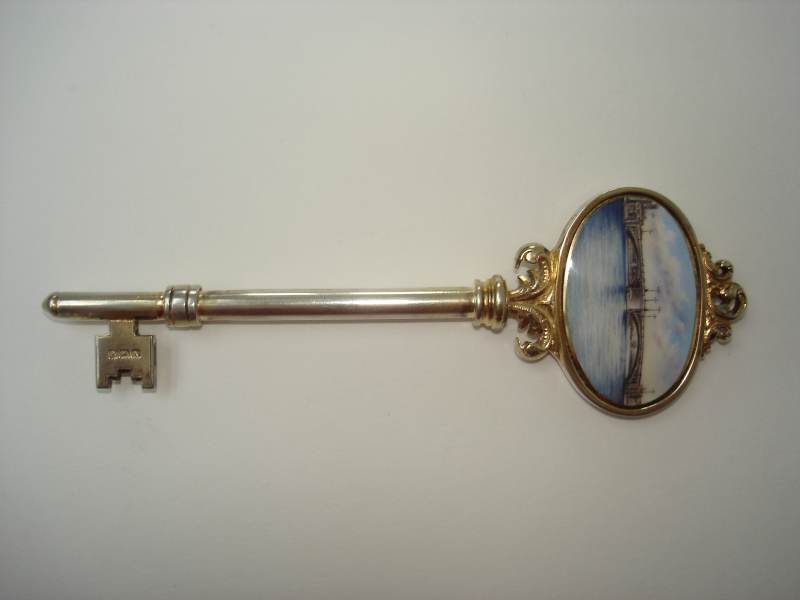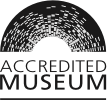This year we are celebrating Reading's waterways and the 100th anniversary of the current Caversham Bridge. Reading is the meeting point of multiple watercourses, particularly the River Thames and River Kennet. Reading's rivers have historically been of strategic and economic importance to the town and its people. This blog looks at this watery heritage from Vikings raiders to the arrival of the canals.
Before Reading
The first people to live in the Reading area, where the River Kennet joins the River Thames, were wandering hunter-gatherers more than 500,000 years ago. Fast forward to the Roman period and historians have speculated there was a river trading port at Reading for the nearby town of Calleva at Silchester. After the end of Roman rule in the 400s AD, new settlers, the Anglo-Saxons, came to Britain from northern Europe.
Reading’s origins - Saxon settlers and Viking raiders
Reading was first settled in the sixth century AD by Saxons, probably arriving by water along the River Thames. You can see finds from their cemetery in Reading Museum's Story of Reading gallery, this was symbolically sited near to where the Kennet joins the larger River Thames. In AD 870 Viking raiders from Scandinavia set up an over-winter base at Reading, strategically located between the River Thames and River Kennet. Reading was also a strategic crossing place of the Thames, with fords across the Kennet (today’s Bridge Street), and the Thames at Caversham.
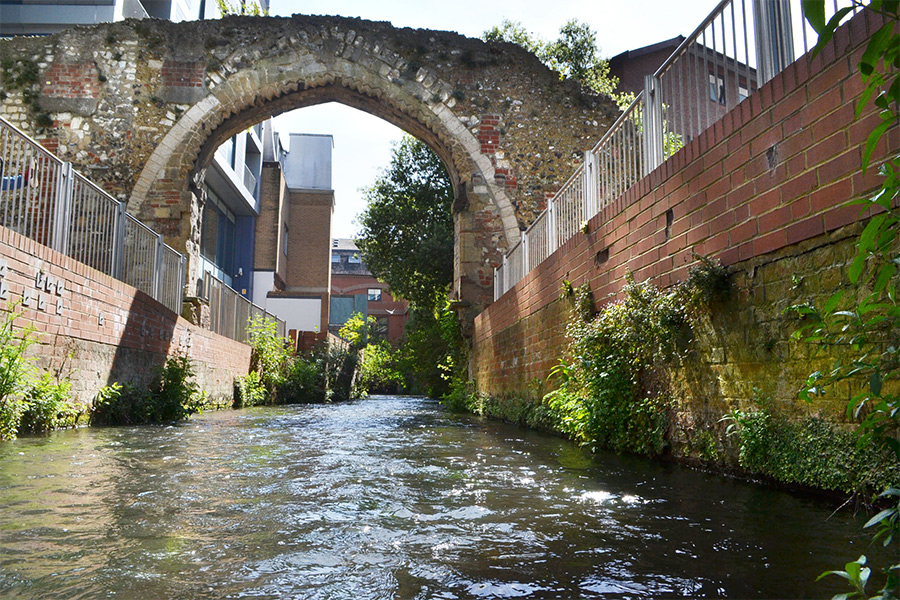
The Holy Brook beneath the old arch of the Abbey mill (photo credit: Chris Forsey).
1066 and Reading’s royal abbey
In 1066 AD, William of Normandy invaded England and defeated King Harold Godwinson at Hastings. The 70m long Bayeux Tapestry chronicles the legendary tale of the Norman conquest, and Reading Museum is home to Britain’s unique full-size Victorian replica. In 1121 King Henry I, William the Conqueror’s youngest son, announced plans to build a mighty royal abbey in Reading. Henry chose a site on the edge of the town, on high ground between the River Kennet and River Thames. This location made it easy for pilgrims to travel to the abbey and for Henry to visit as he travelled around his kingdom.
A small branch of the River Kennet, known as the Holy Brook, powered the abbey’s watermill (you can still see the mill arch today behind The Blade office block). Today, the Holy Brook flows mostly underground in central Reading. The abbey had its own wharf on the Kennet, that was uncovered by archaeological excavations in the early 1980s. The body of Henry was brought from France up the River Thames to the abbey for burial in front of the high altar in 1136.
The abbey transformed Reading into an important religious centre known across Western Europe. The abbey church would be the fourth-longest church in England, after the cathedrals of Winchester and London (St Paul’s) and the abbey church at Bury St Edmunds.
Henry I built this monastery between the rivers Kennet and Thames, in a spot calculated for the reception of almost all who might have occasion to travel to the more populous cities of England…
- William Malmesbury, 12th century chronicler
Medieval Reading
Reading grew as the abbey paved the way for new streets (including Broad Street and Friar Street) and a new weekly market in Market Place in front of its main gates. There were also large waterfronts wharves on the Kennet connected by Blake’s Lock to the River Thames and onto London. It was in this period that bridges replaced fords for crossing the rivers, including Caversham Bridge over the Thames with its chapel dedicated to St Anne.
By 16th century Reading was the largest town in Berkshire and the tenth largest in England by taxable wealth. The main trades of leather and cloth making used the rivers for water, transport, and milling. There were several water mills in Reading for both flour production and processing cloth (fulling mills). These industries continued after the abbey’s closure in 1539.
By the 1800s the only remnant of the medieval trade was sailcloth making in Katesgrove. Reading’s last textile manufacturing took place between 1914 and 1982 at Burberry’s waterproof raincoat factory in Mill Lane.
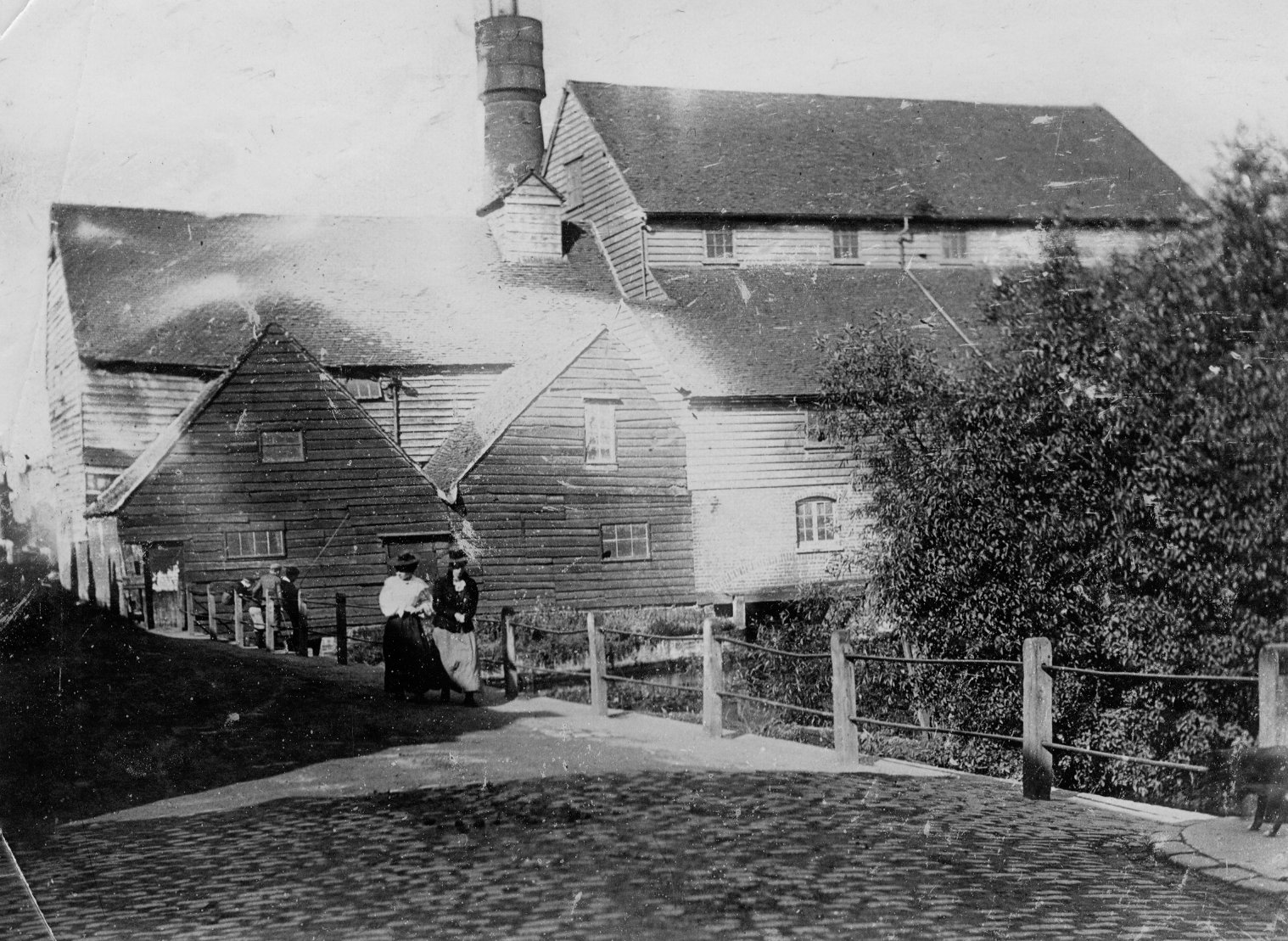
St Giles Mill, Reading in about 1900 (museum no. 1997.150.198)
Civil War
In 1642, the English Civil War broke out between forces backing Parliament and those supporting King Charles I. Reading was halfway between King Charles I’s headquarters in Oxford and Parliament’s base of operations in London. Royalist troops occupied Reading and used the walls of the ruined abbey to build fortifications around the town. The medieval Caversham Bridge was badly damaged during the 1643 Siege of Reading, the southern part was replaced by a wooden section, that wasn’t replaced until 1869.

County Lock in Reading (photo credit: Chris Forsey)
Canals
From 1700s Reading expanded thanks to the development of waterways. Improvements along the River Kennet from Reading to Newbury (the Kennet Navigation completed in 1723) made the journey quicker and easier for boats transporting goods. When the Kennet and Avon Canal opened in 1810, agricultural produce and manufactured goods from Reading could be shipped directly to Bristol and London and then to markets overseas.
Reading became an important centre for business and trade. Its three most important business became known as the three Bs – standing for beer, bulbs and biscuits. The beer was made by Simonds Brewery (opened in 1785), the bulbs were grown by Sutton’s Seeds (established in 1837), and the biscuits were baked by Huntley & Palmers (started in 1822).
The arrival of the railways from 1840 saw the decline of the waterways for commercial trade. The rivers became quiet backwaters for boating, rowing, fishing and swimming. However, they were still vital as sources of water for homes and businesses. In the late 19th century Reading led the way in providing clean and safe drinking water and the treating of wastewater, with new pumping stations at Blake’s Lock and Fobney Lock, and treatment works at Manor Farm.
The town’s second Thames road crossing, Reading Bridge, opened in 1923. Caversham Bridge was also rebuilt; its 1926 opening was delayed by the General Strike.
What can surpass the High Bridge on a sunshiny-day? The bright river, crowded with barges and small craft; the streets and wharfs and quays, all alive with the busy and stirring population of the country and the town – a combination of light and motion.
Mary Mitford - Belford Regis, 1835
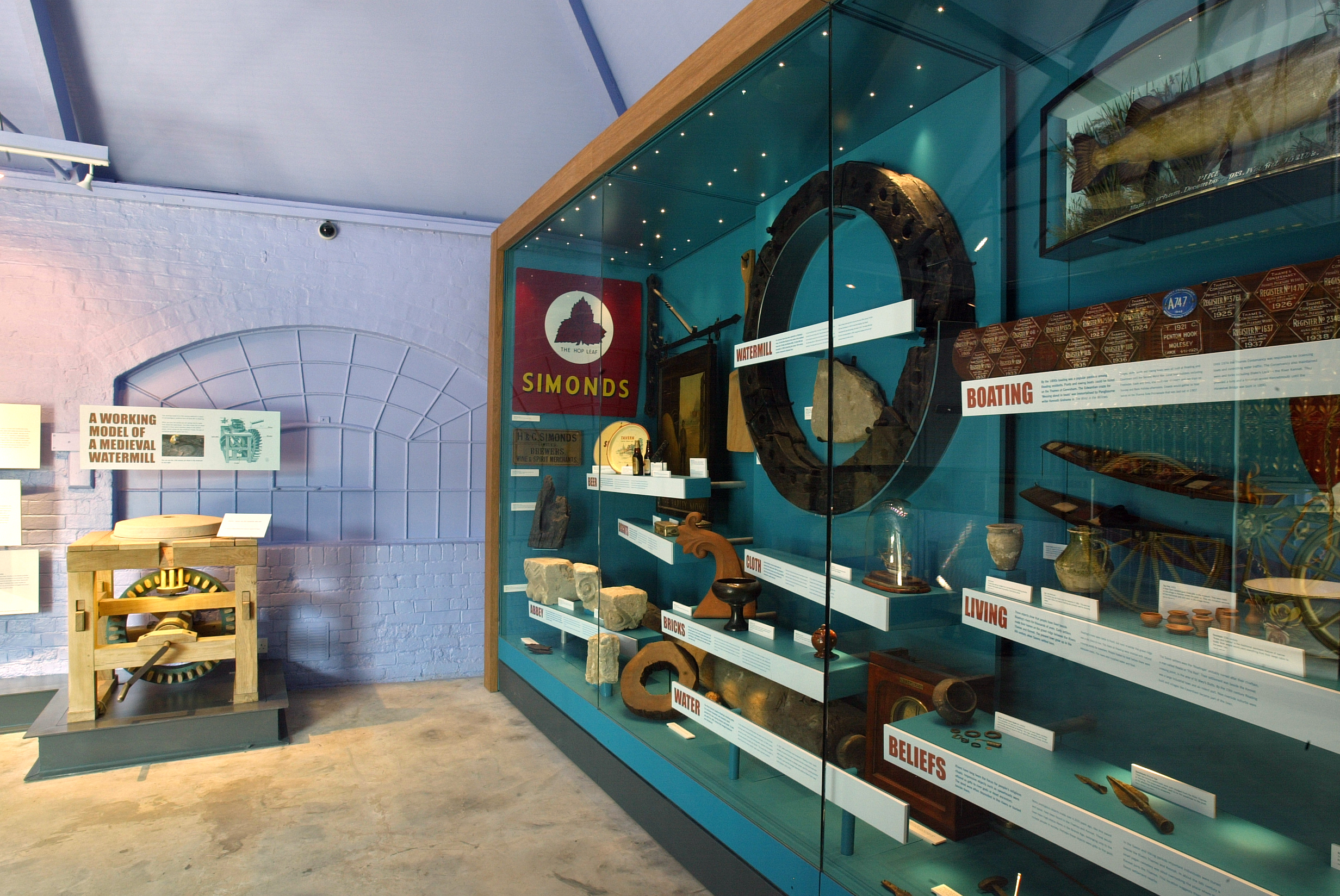
Inside the Screen House at Riverside Museum, showing objects relating to Reading's waterways
Messing about in boats
By the late 19th century every Thameside town had its own rowing regatta. Working men were barred from competing in Reading’s Amateur Regatta for professionals, so in 1877 Reading Working Men’s Regatta was founded. By 1966 these class barriers had gone, and it was renamed Reading Town Regatta.
Swimming was popular pastime with river fed pools at Coley and King’s Meadow (now Thames Lido) or at bathing spots like Scours Lane in Tilehurst.
After the Second World War there were attempts to formally close the Kennet & Avon canal, but campaigners fought these proposals, and it was restored in sections restoration from the 1950s. The entire canal between Reading and Bristol was formally reopened by Queen Elizabeth II in 1990.
Reading’s rivers and canals are now green and blue corridors for recreation, tourism, wildlife, wellbeing, and even community-led energy generation with the opening of Thames Hydo on Caversham weir in 2021.
Museum object gallery
Visit Reading Museum
Reading’s museum of art, archaeology, history and natural history is open all year inside the Reading’s historic Town Hall. Visit our hands on galleries, see Britain's Bayeux Tapestry, explore 200 years of Biscuit Town in our unique Huntley & Palmers Gallery and discover Reading's historic Abbey Quarter.
Visit Riverside Museum at Blake's Lock
This small museum tells the story of Reading's two rivers - the Kennet and the Thames - and occupies two Listed waterworks buildings - including a stunning gypsy caravan. It is only a short waterside stroll from Reading Museum. The site is open daily from April to September, admission is free.
